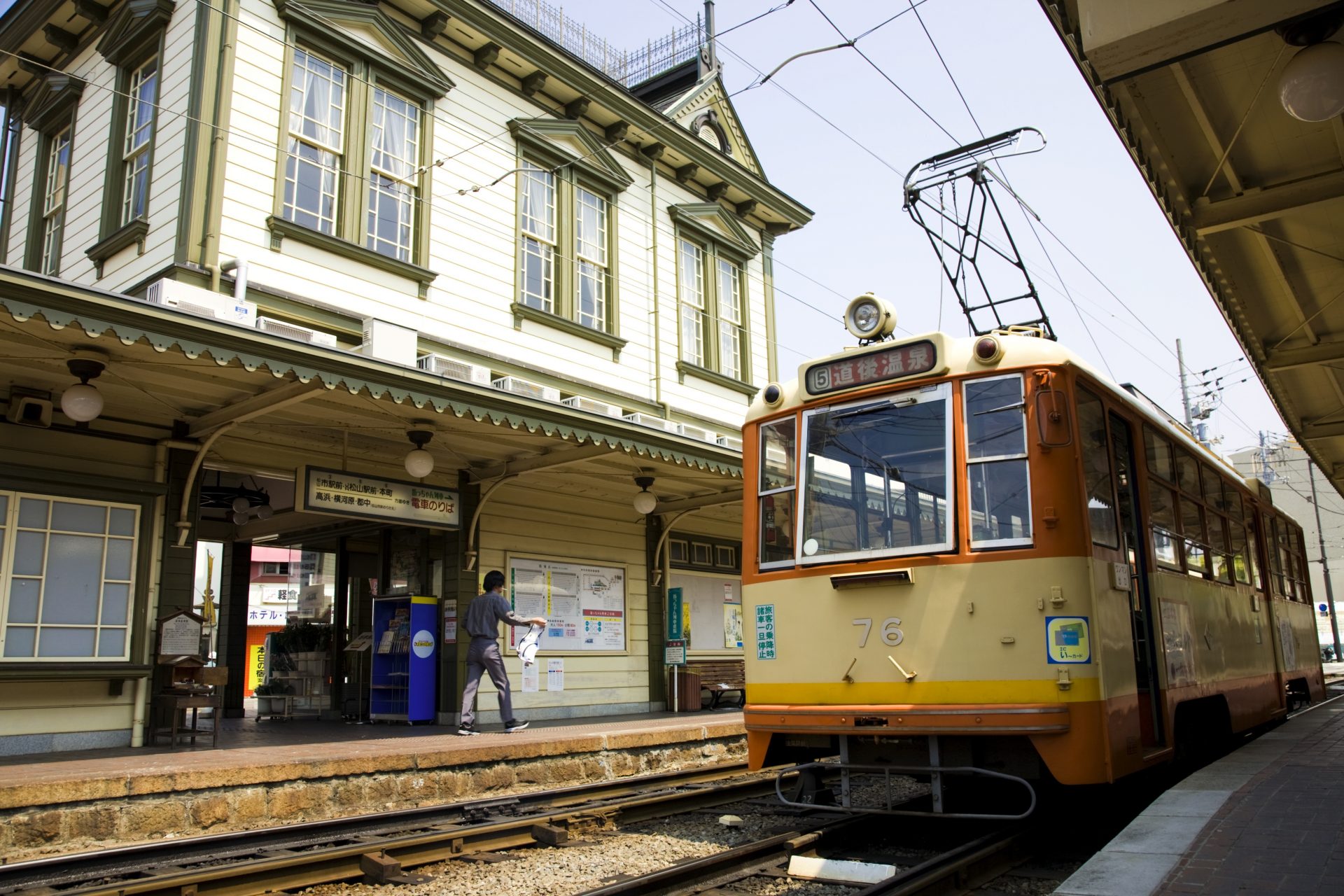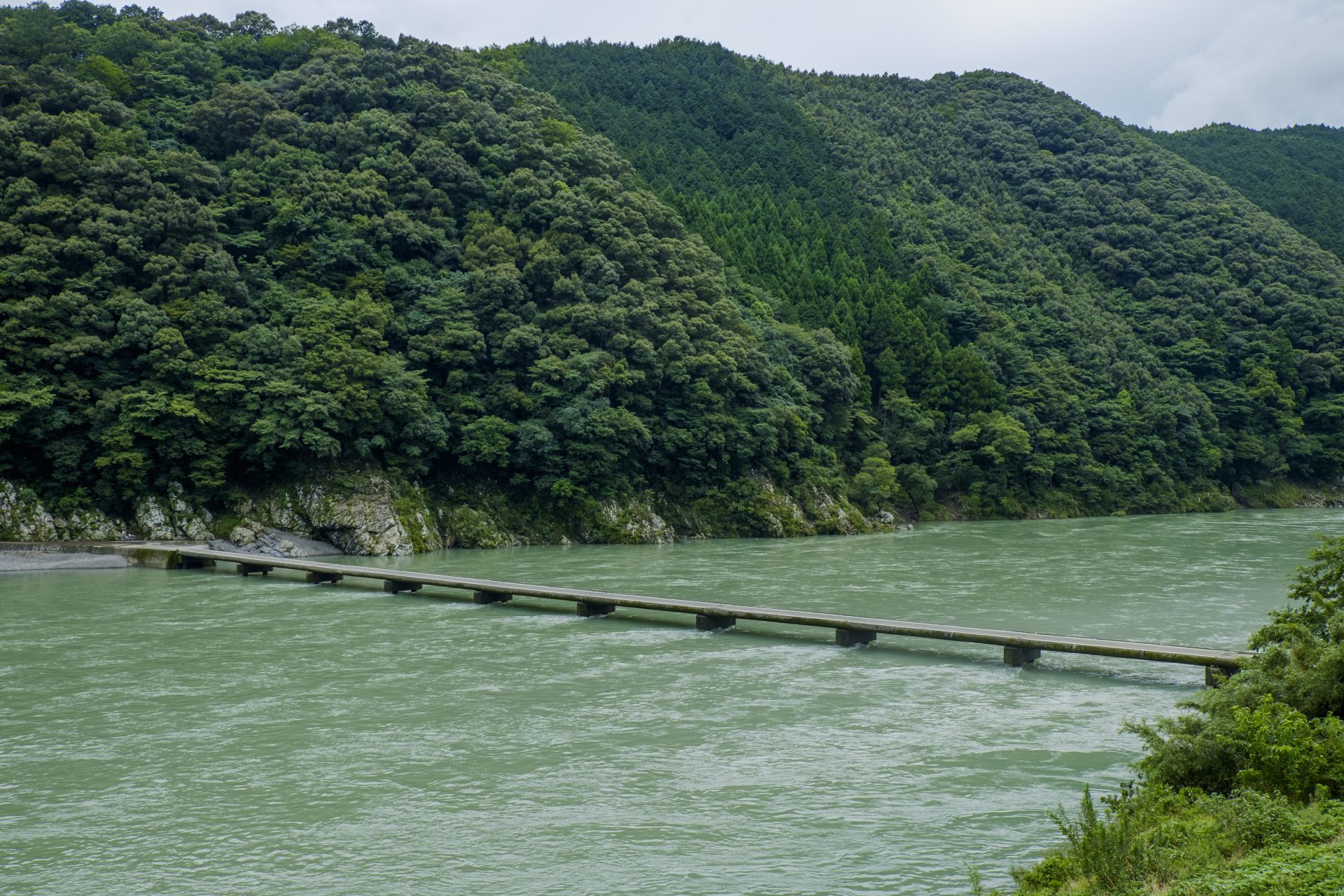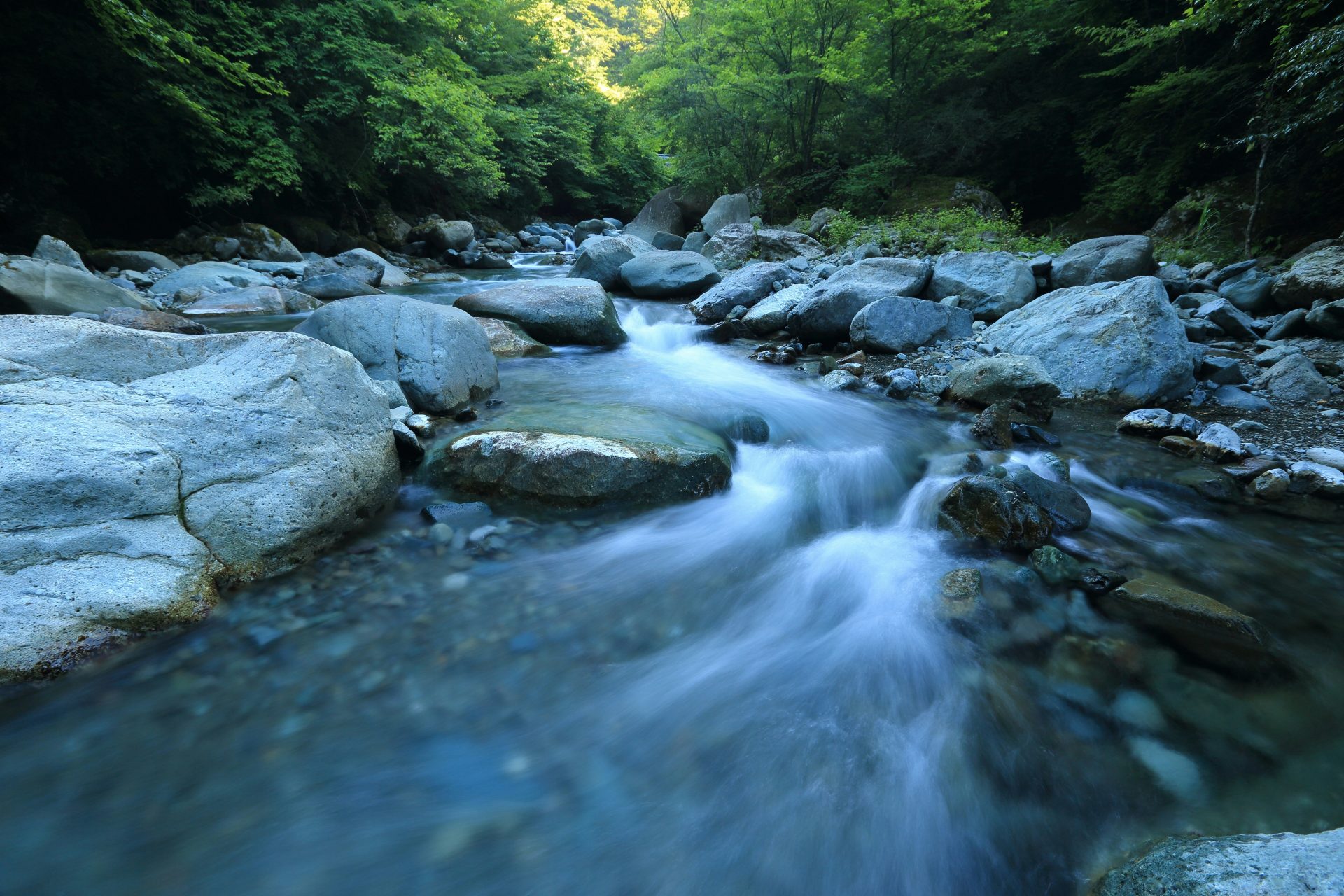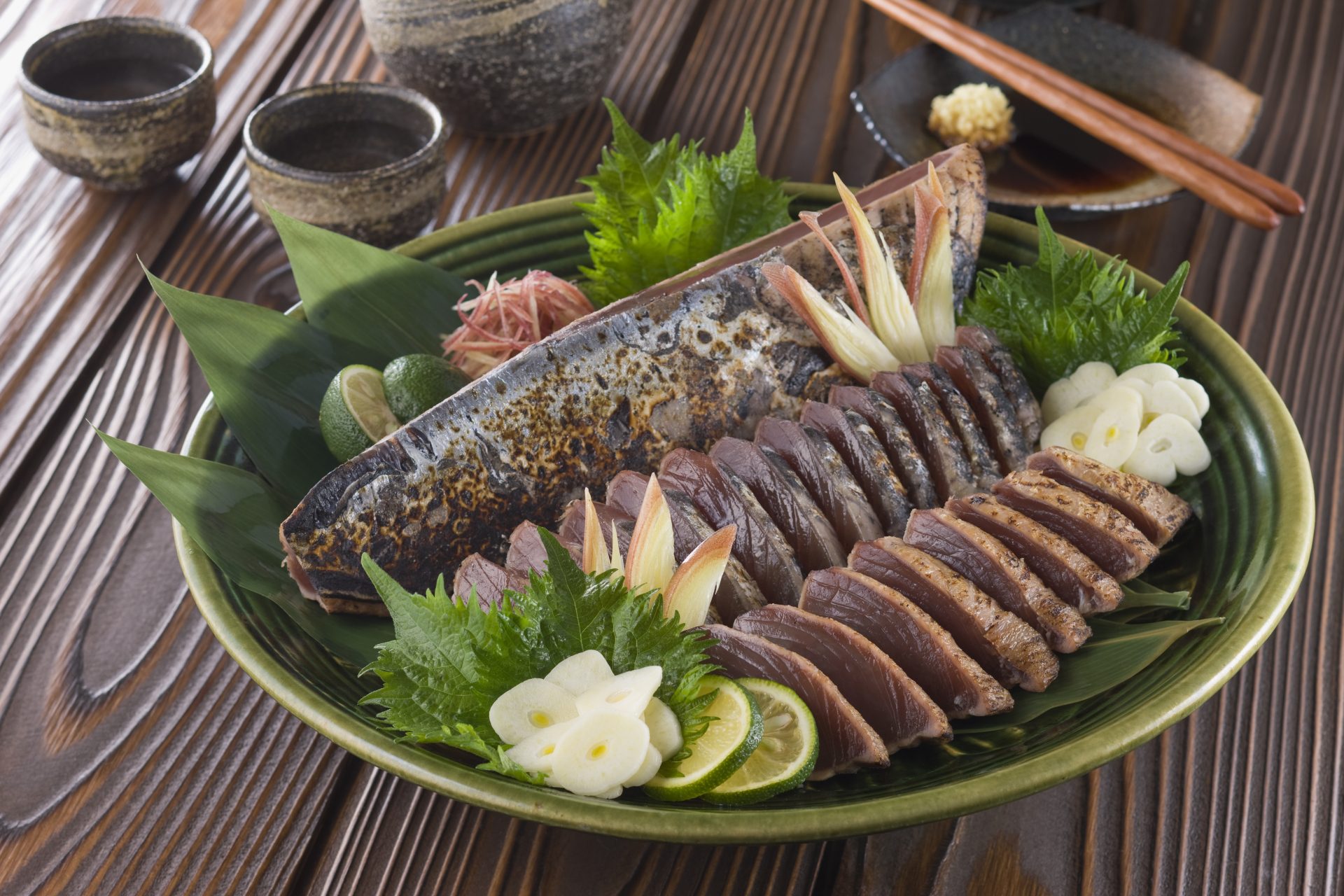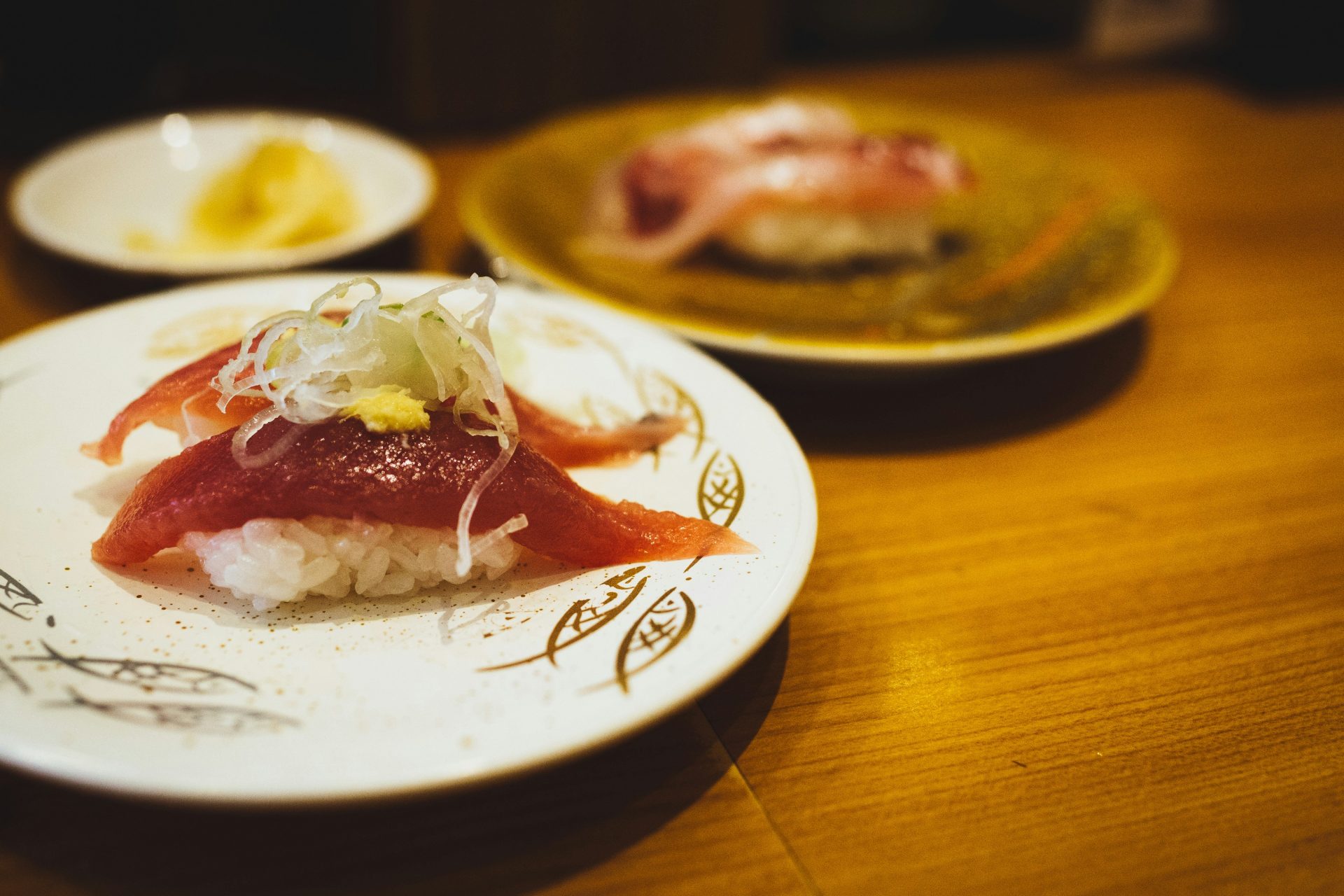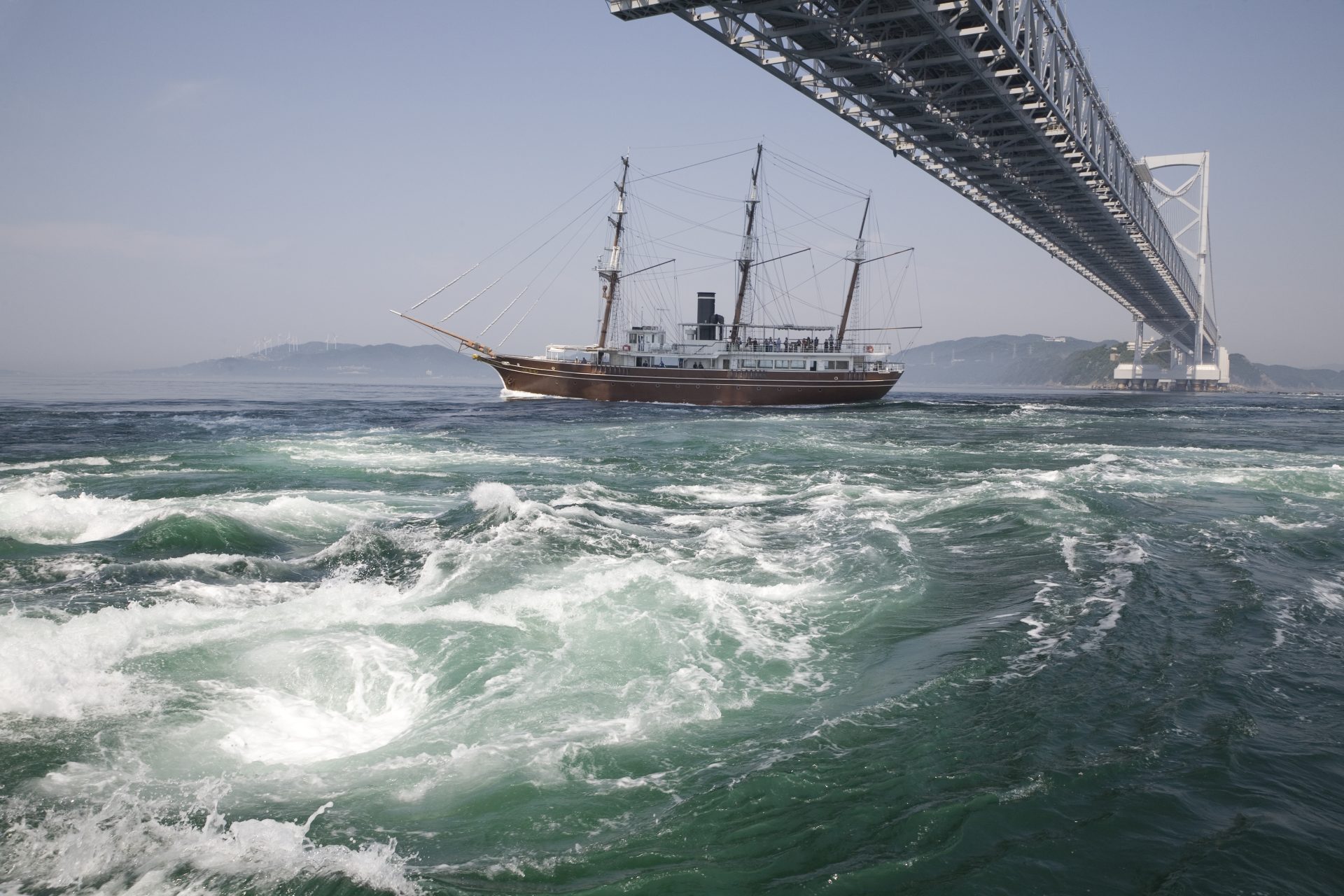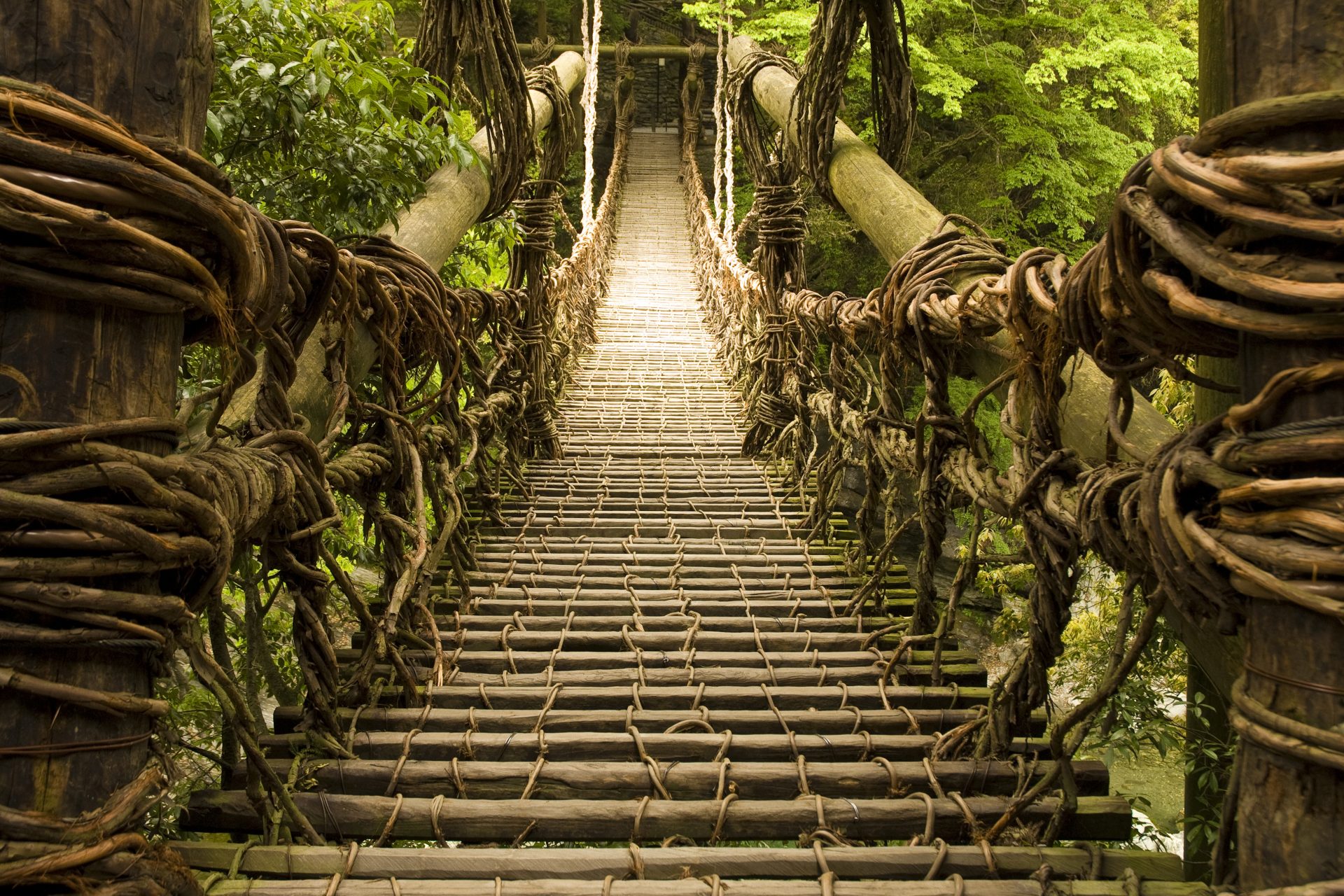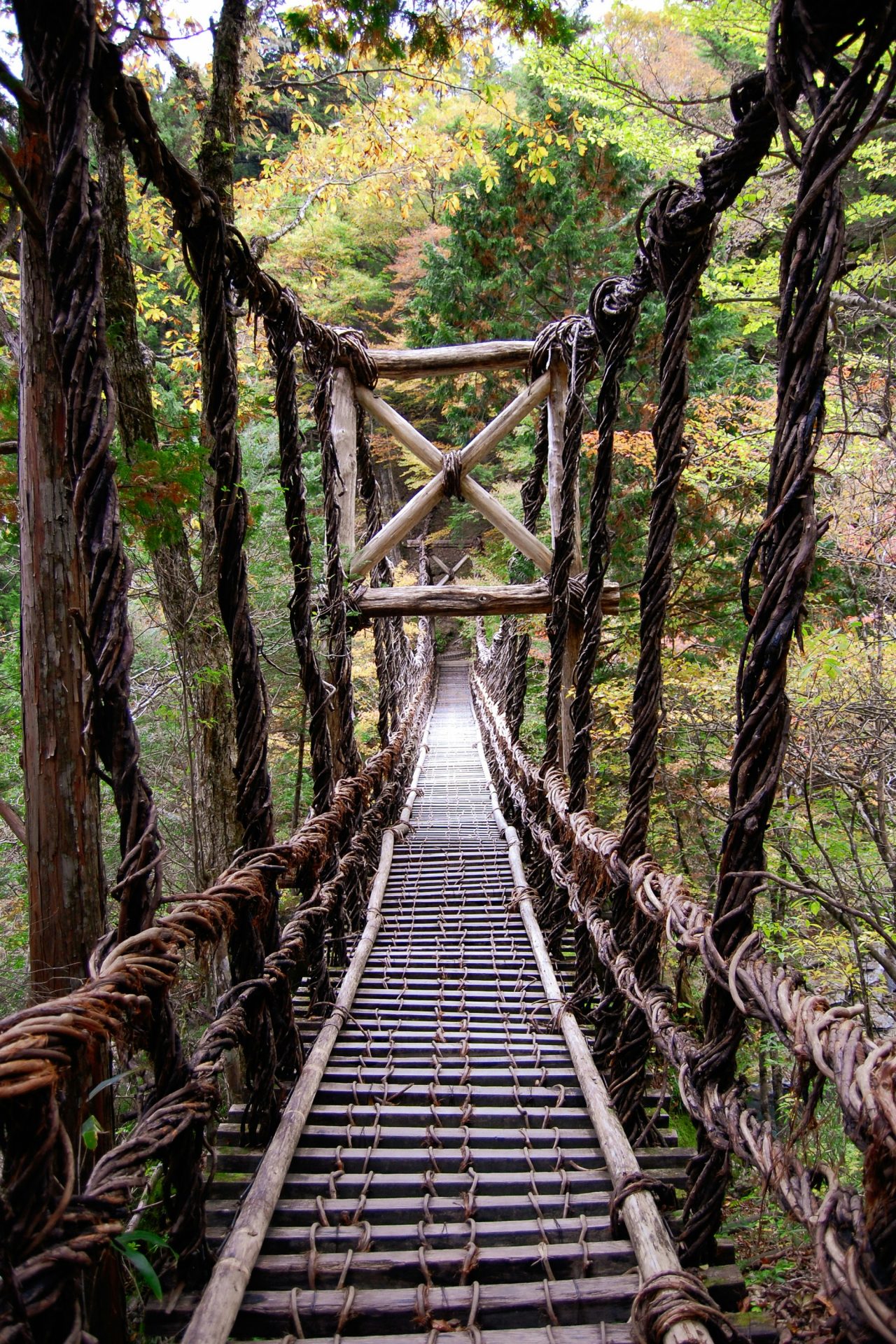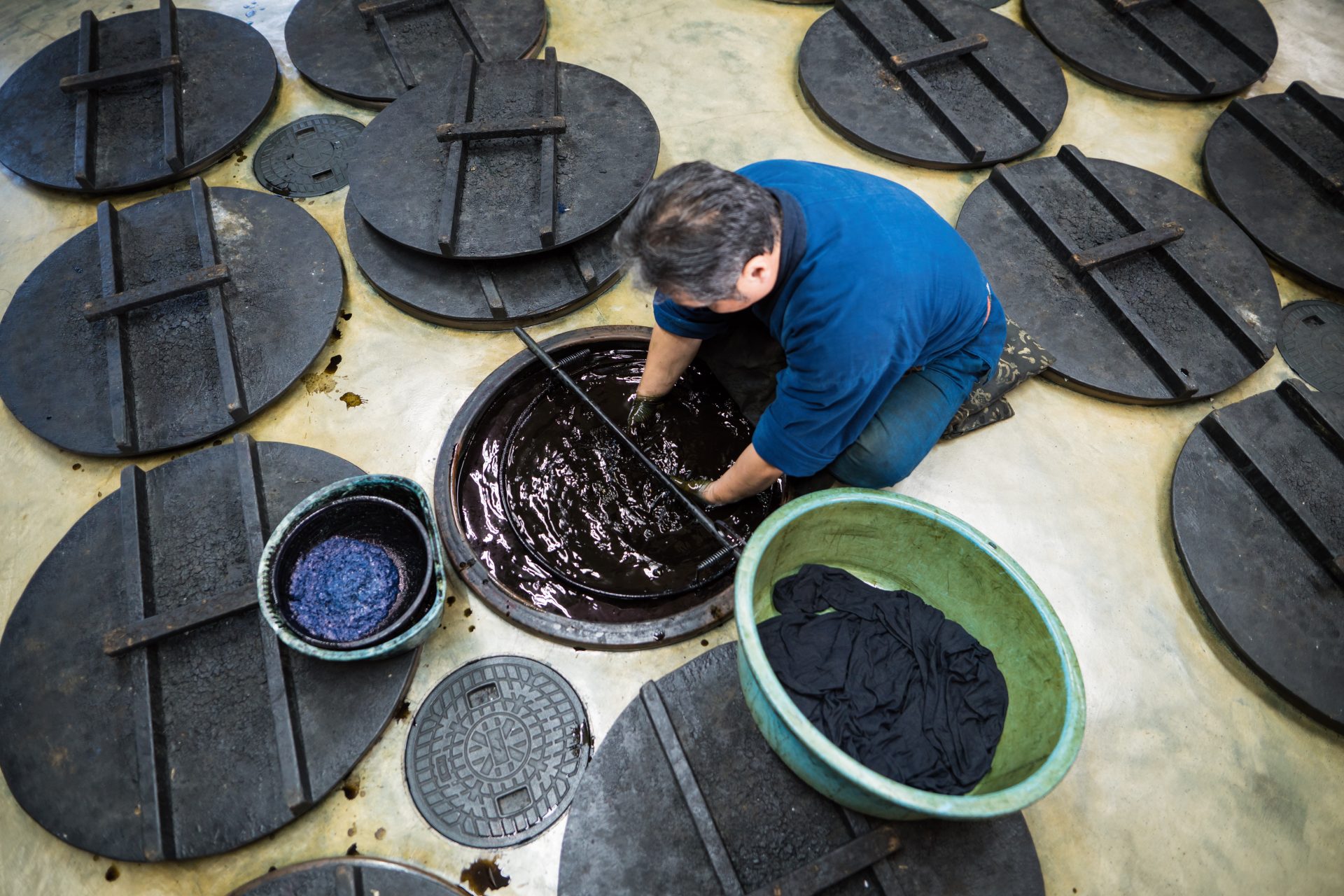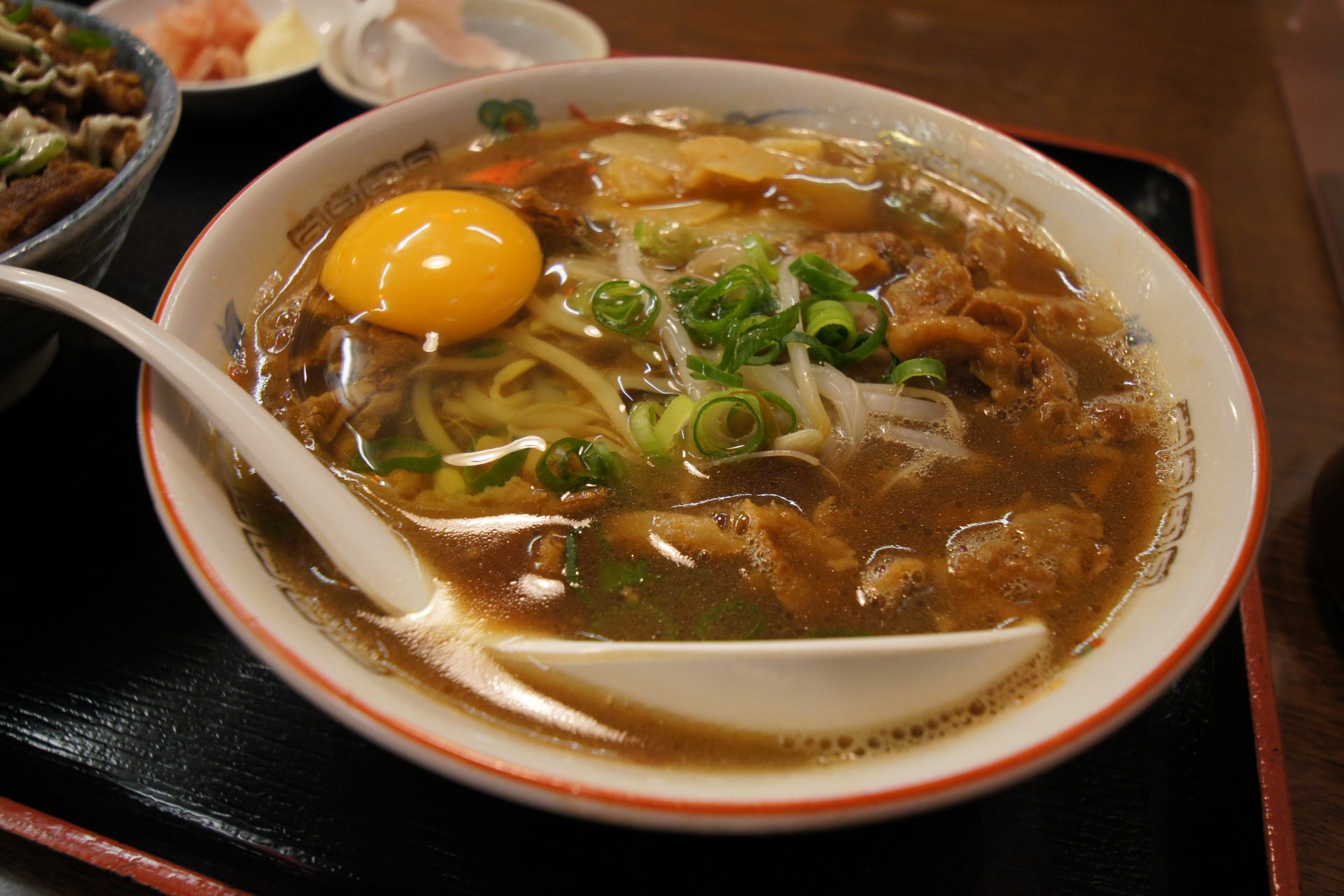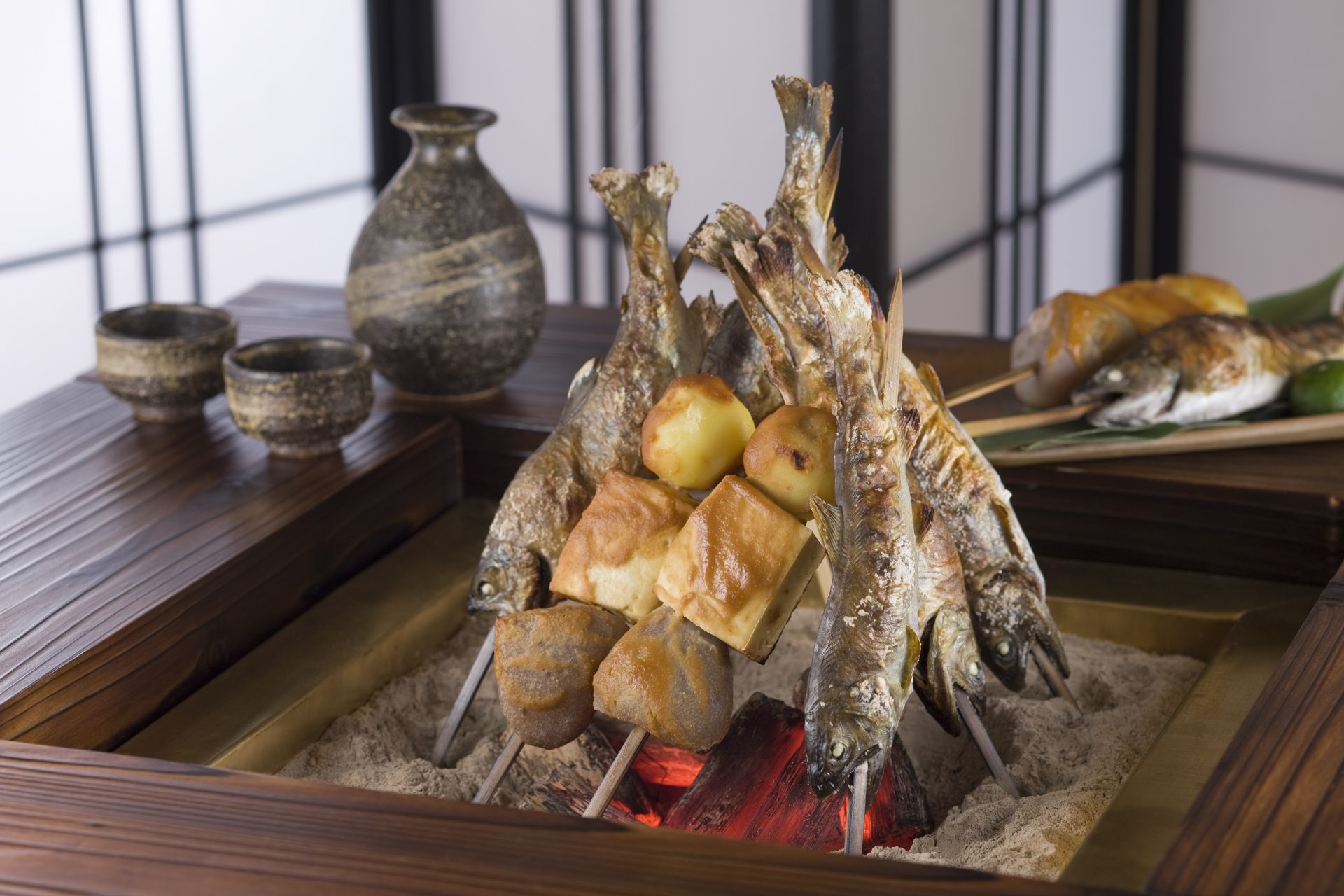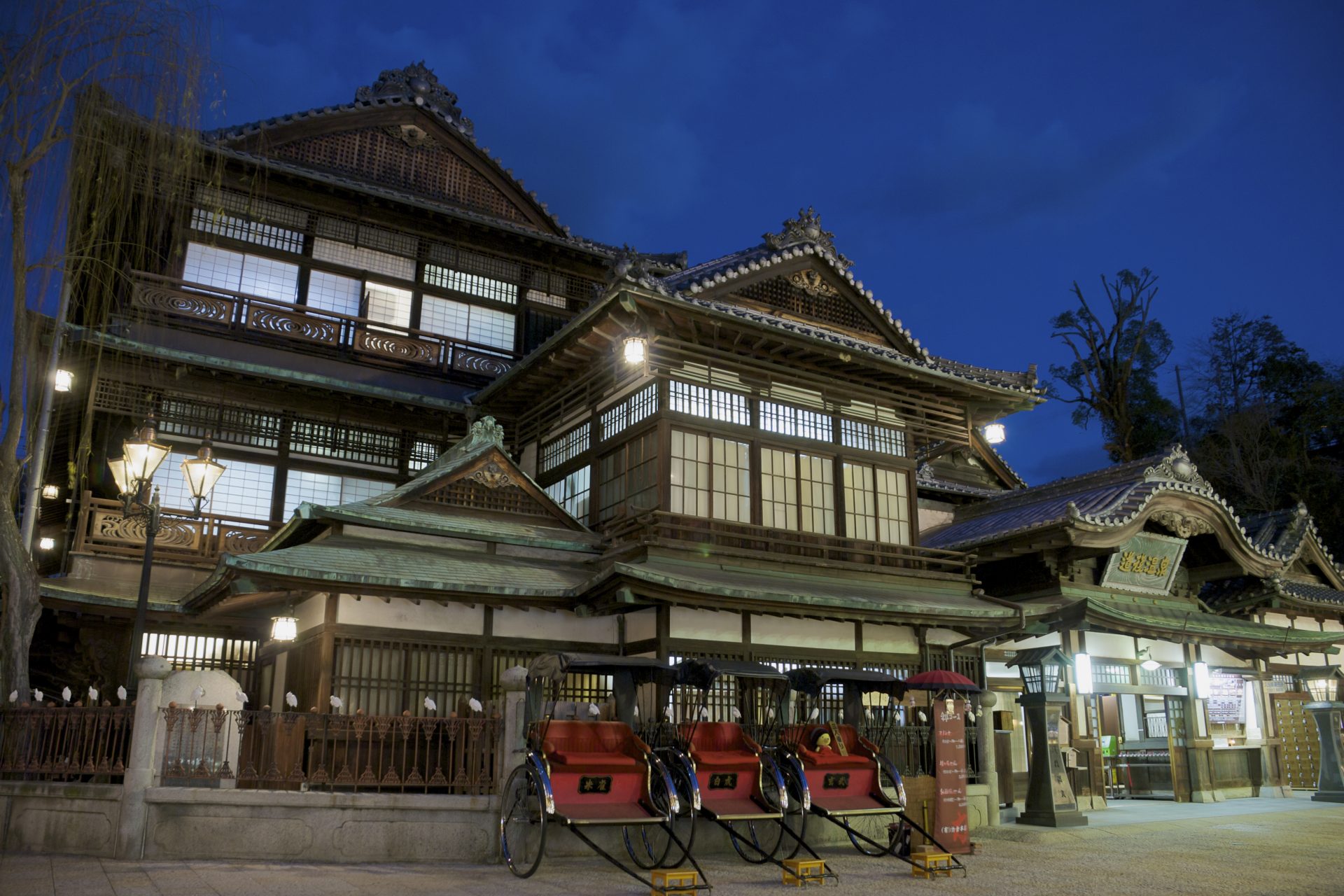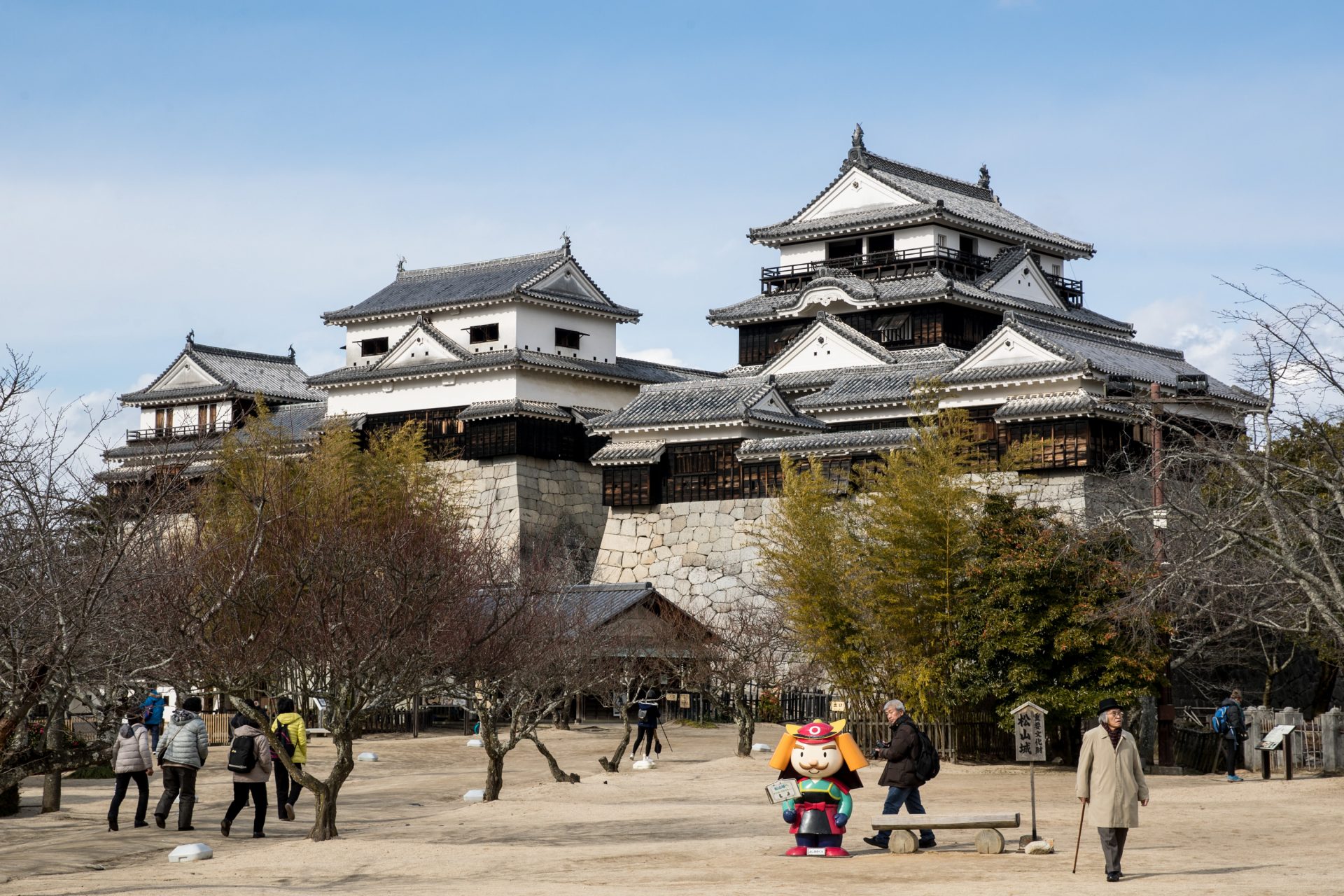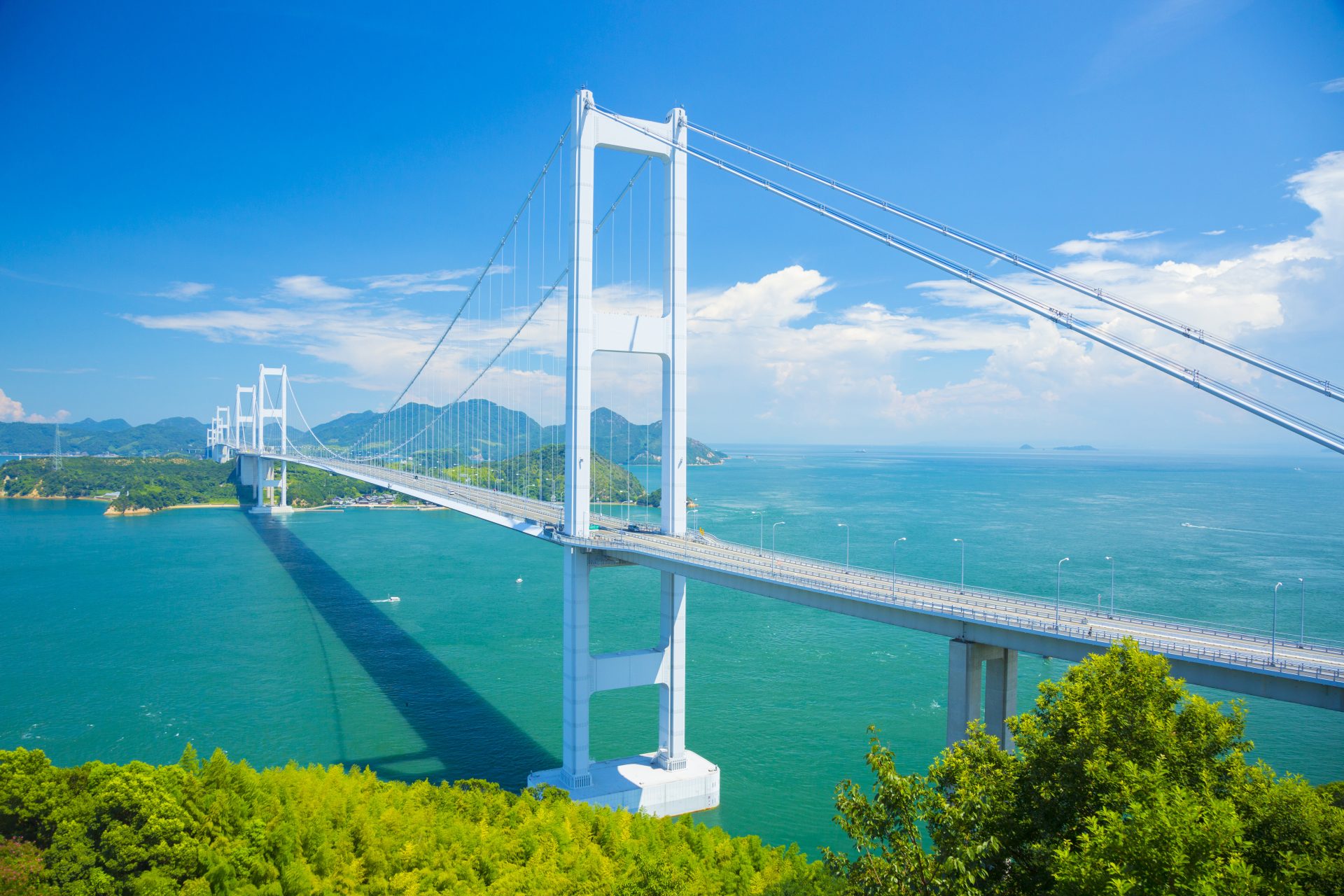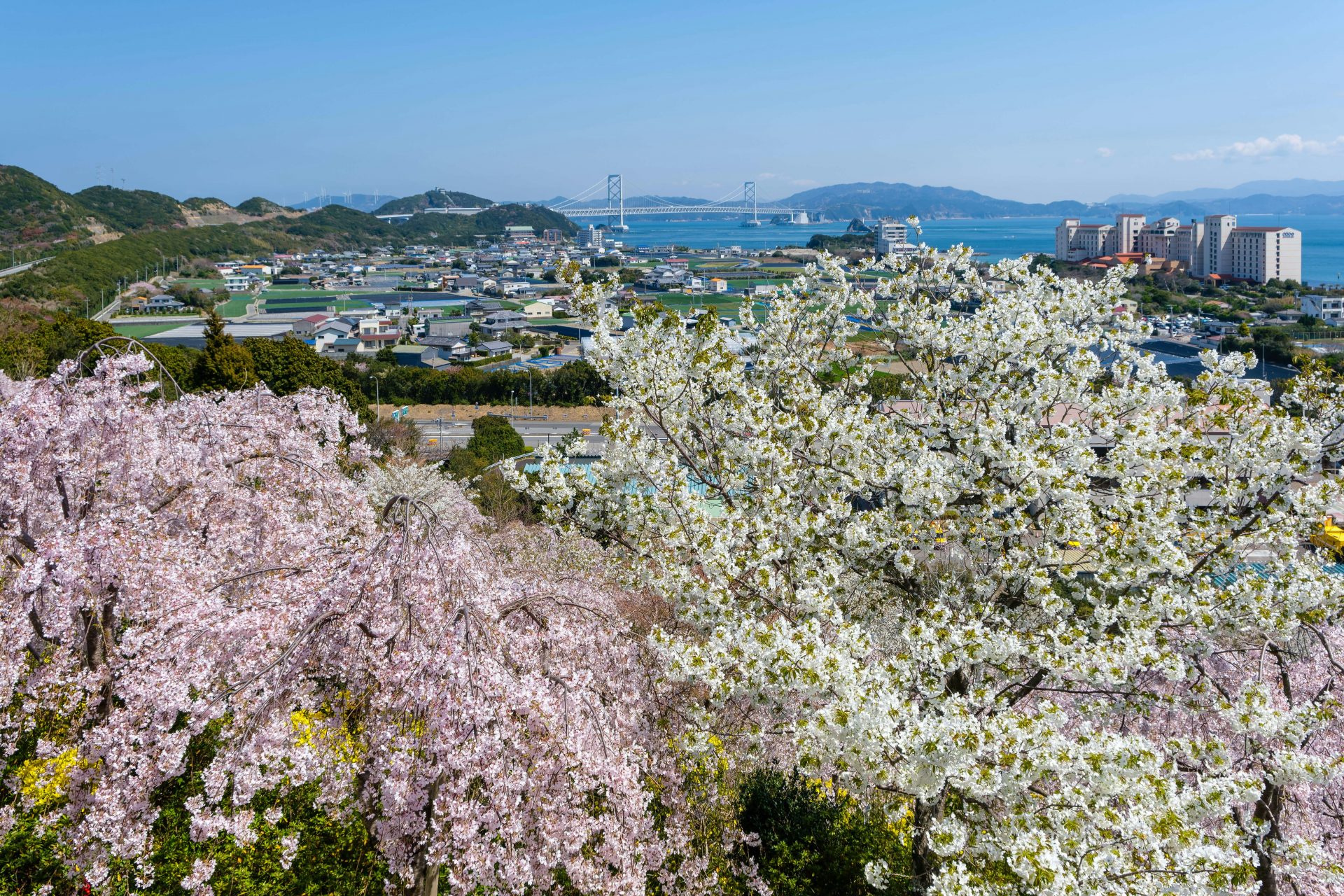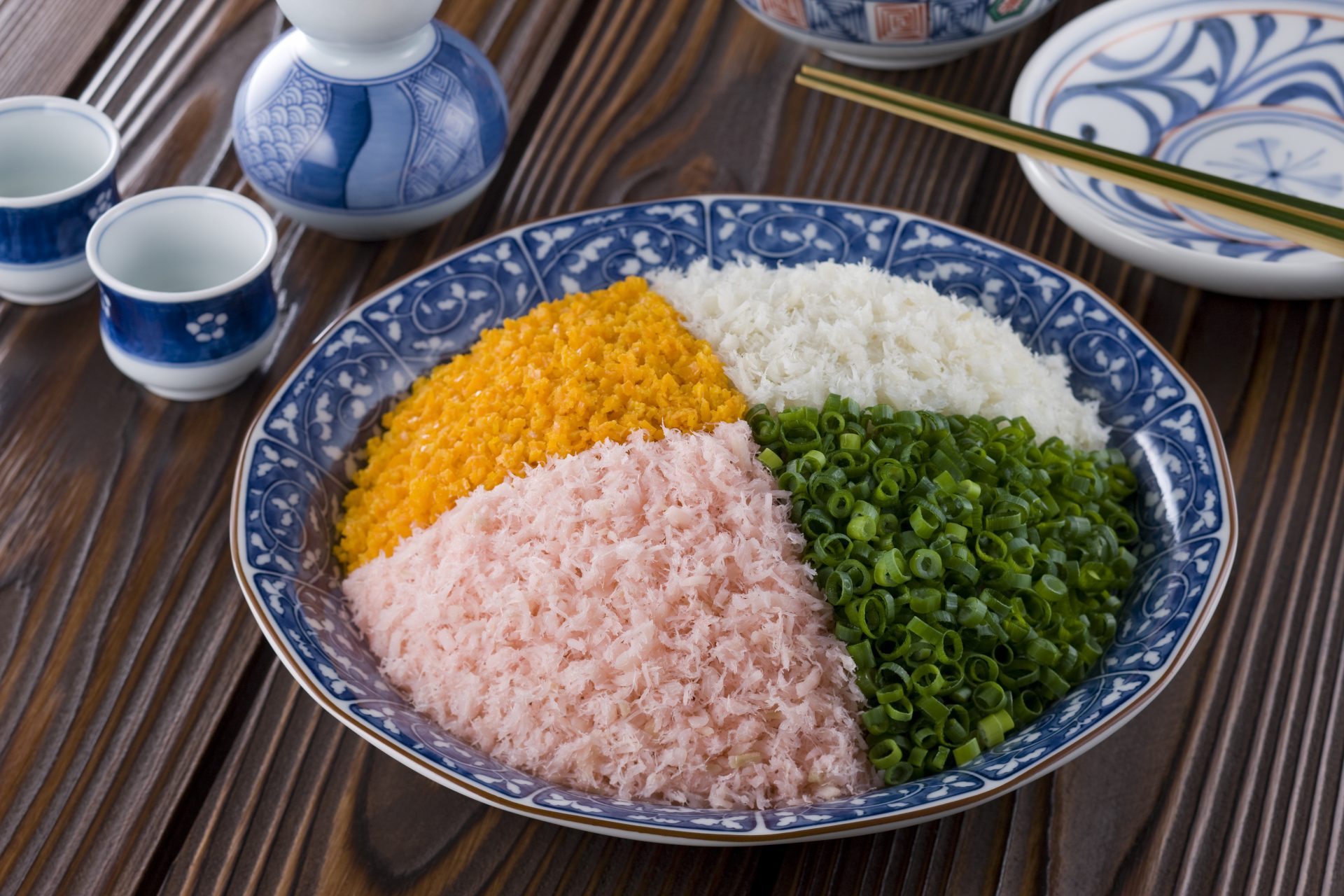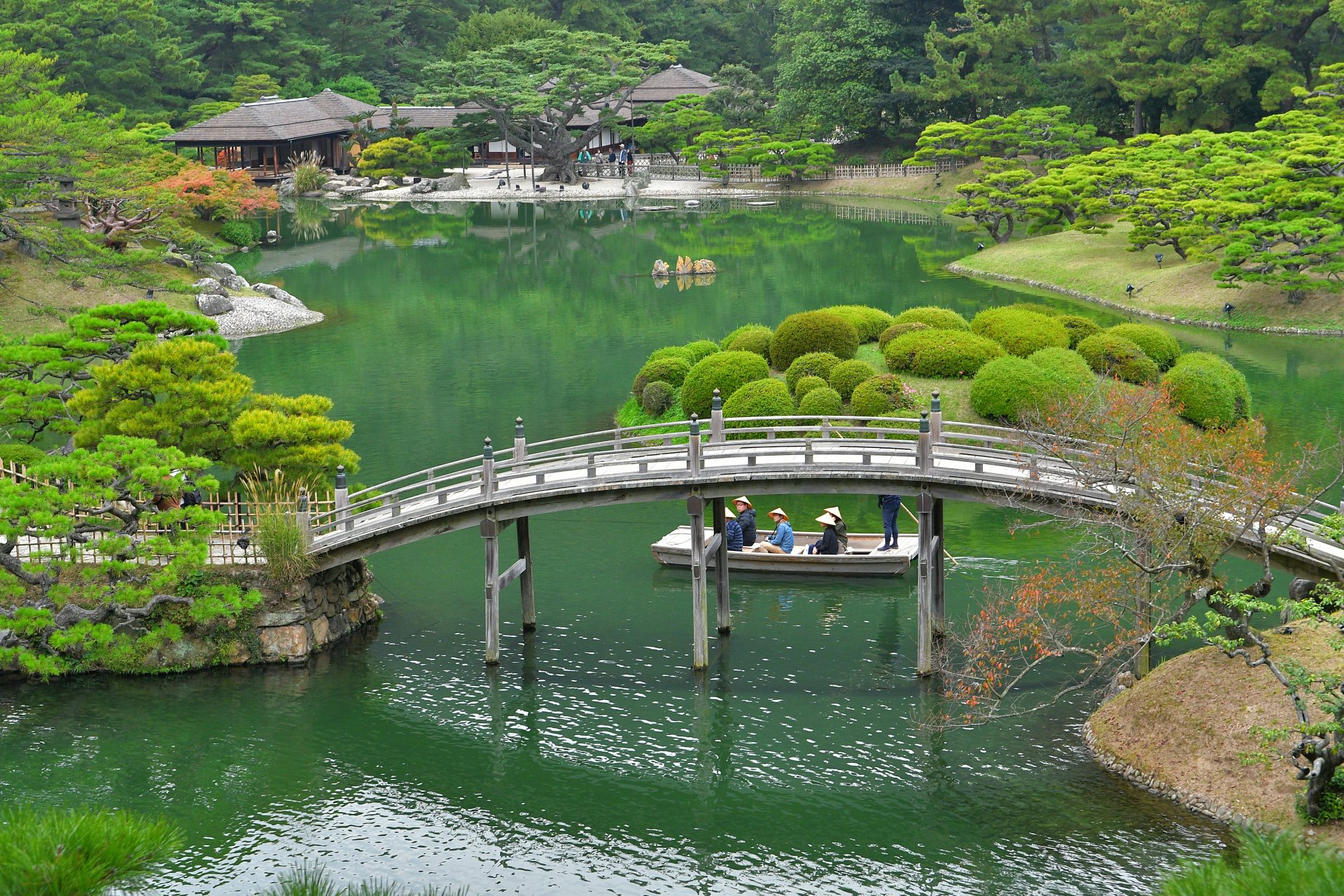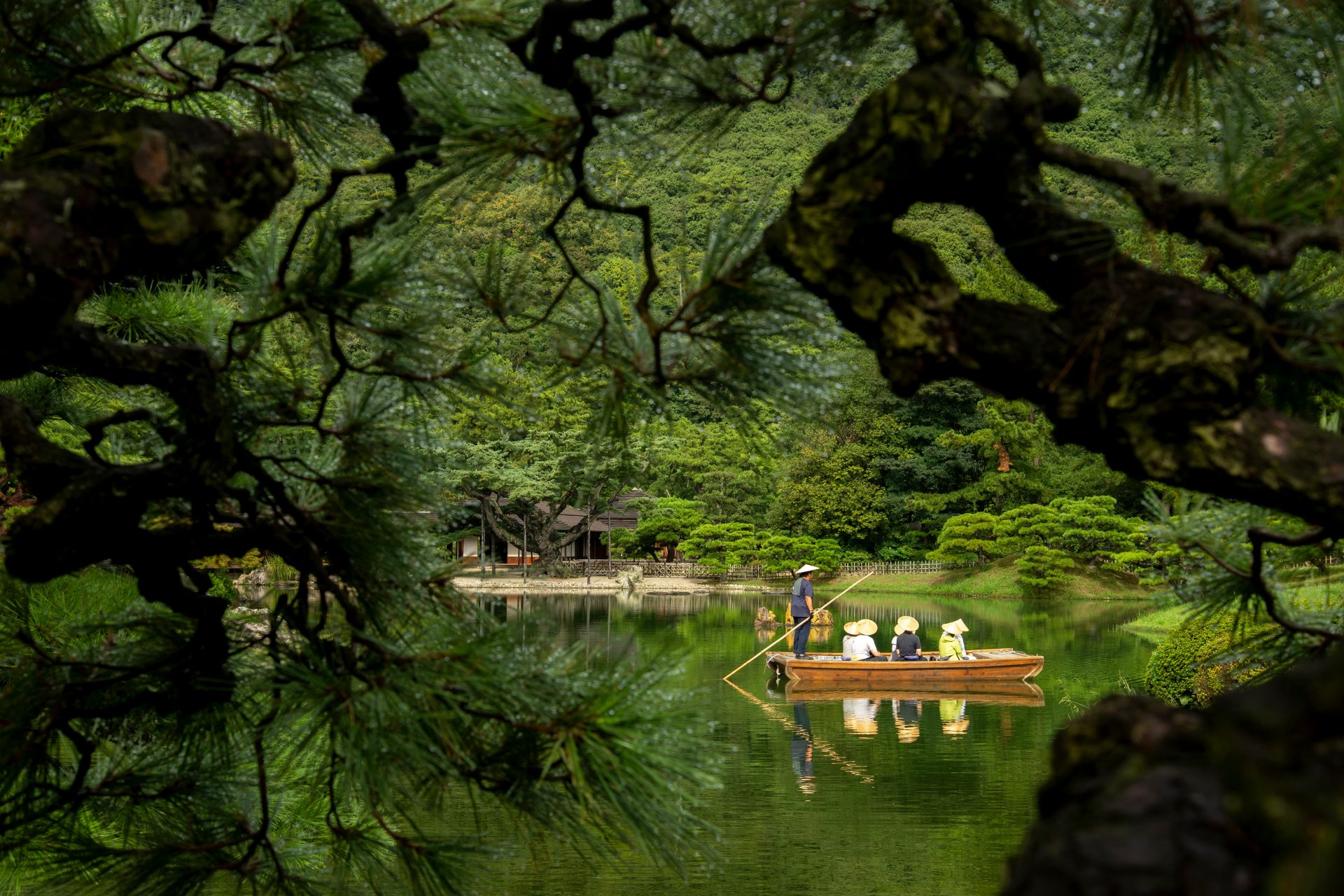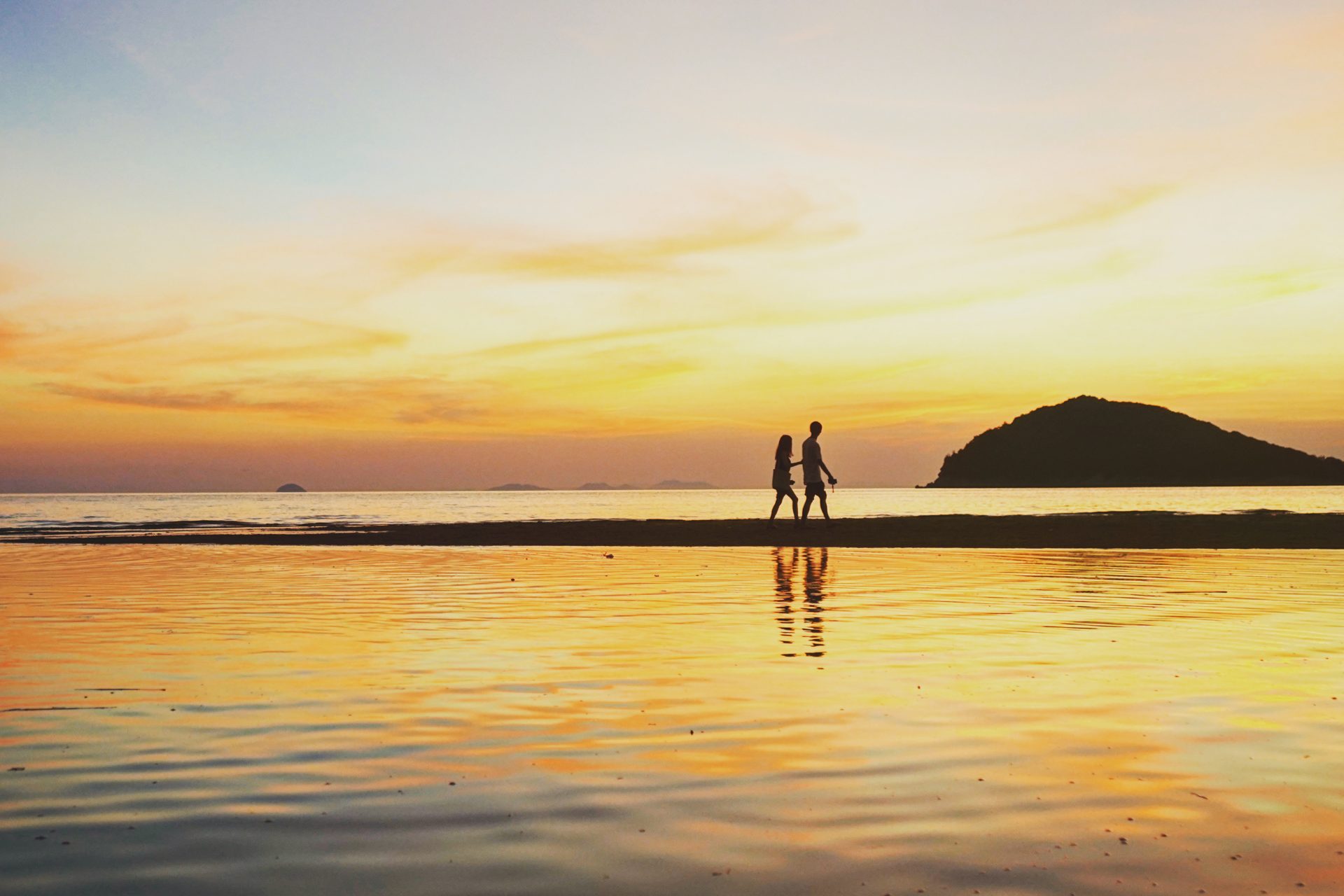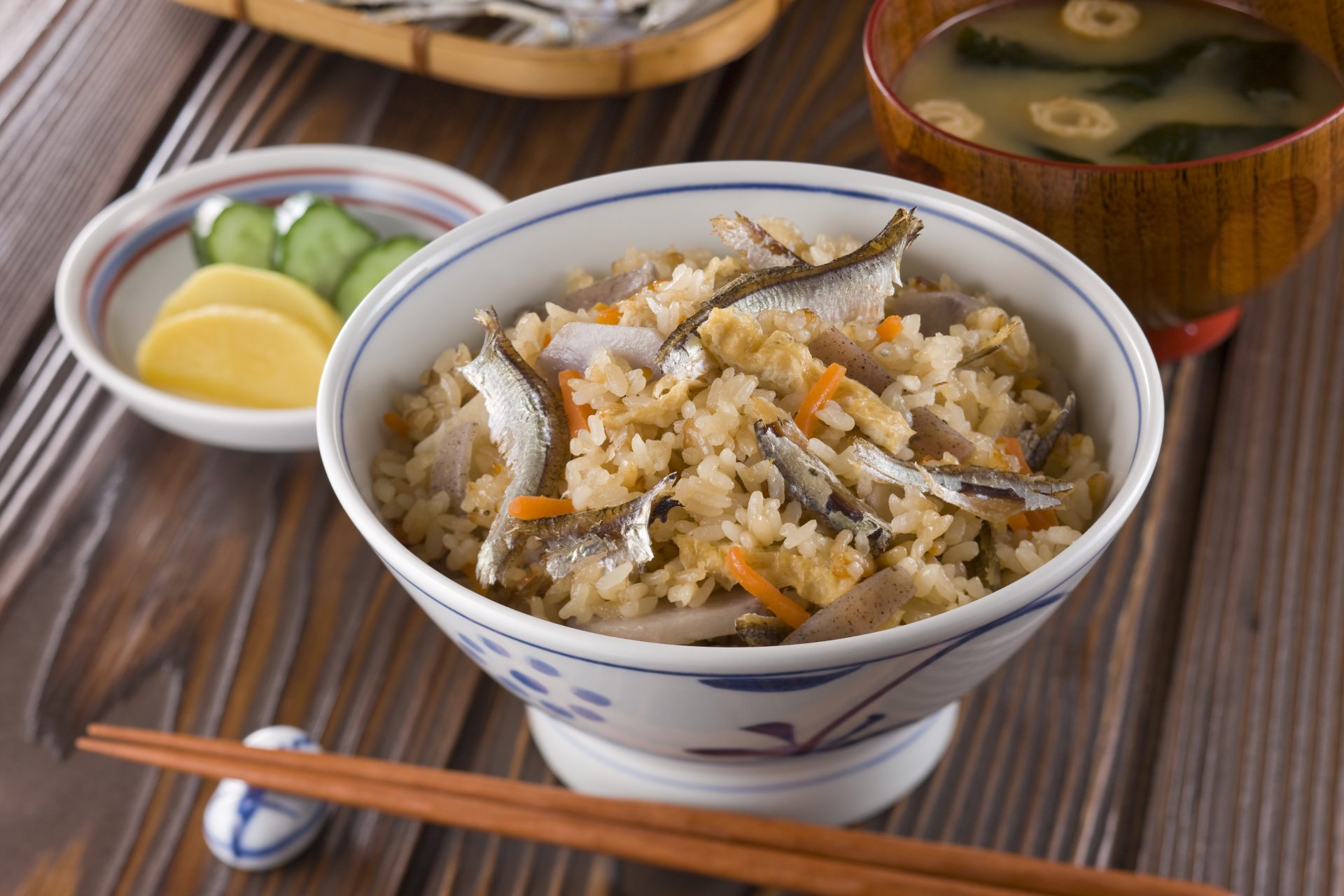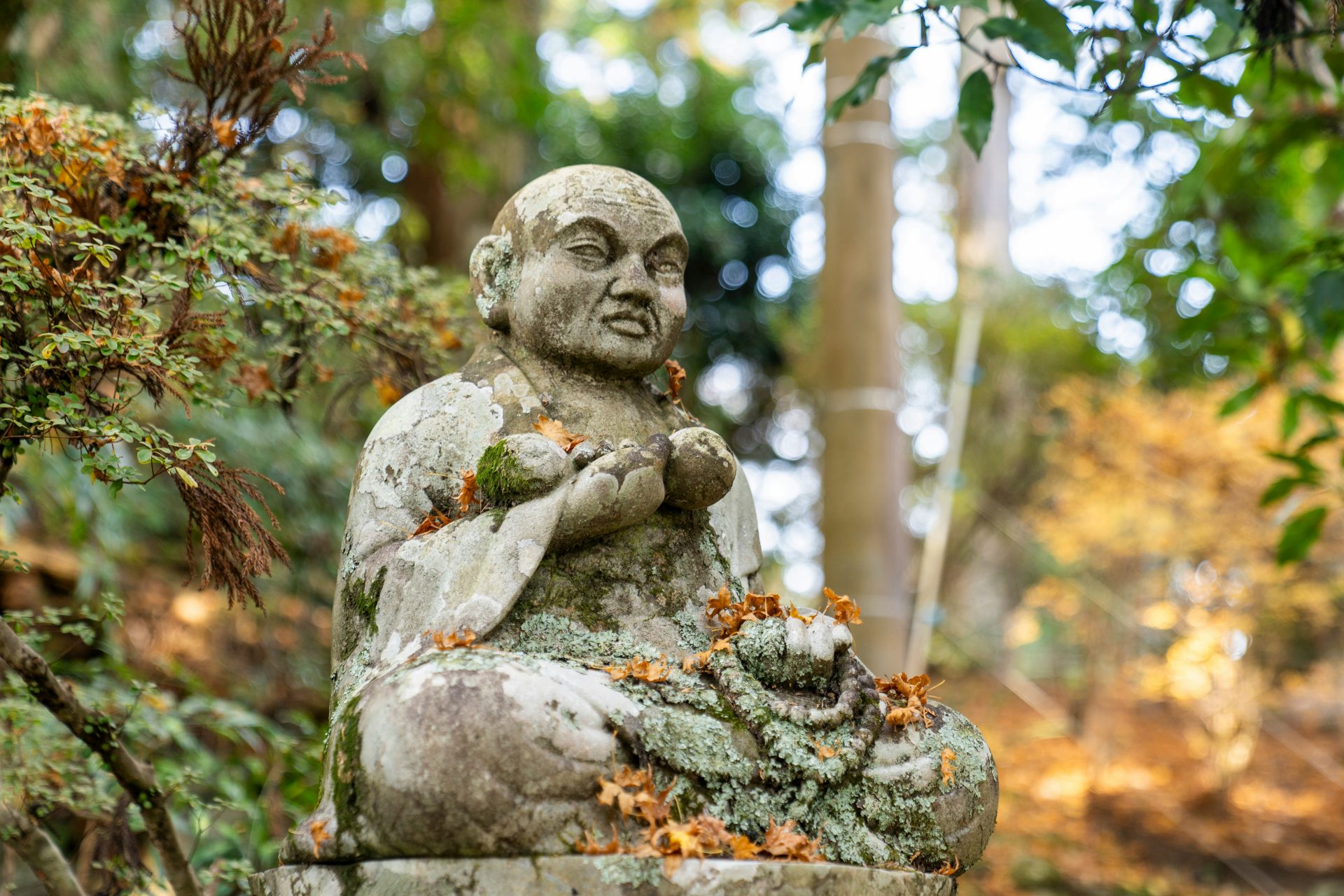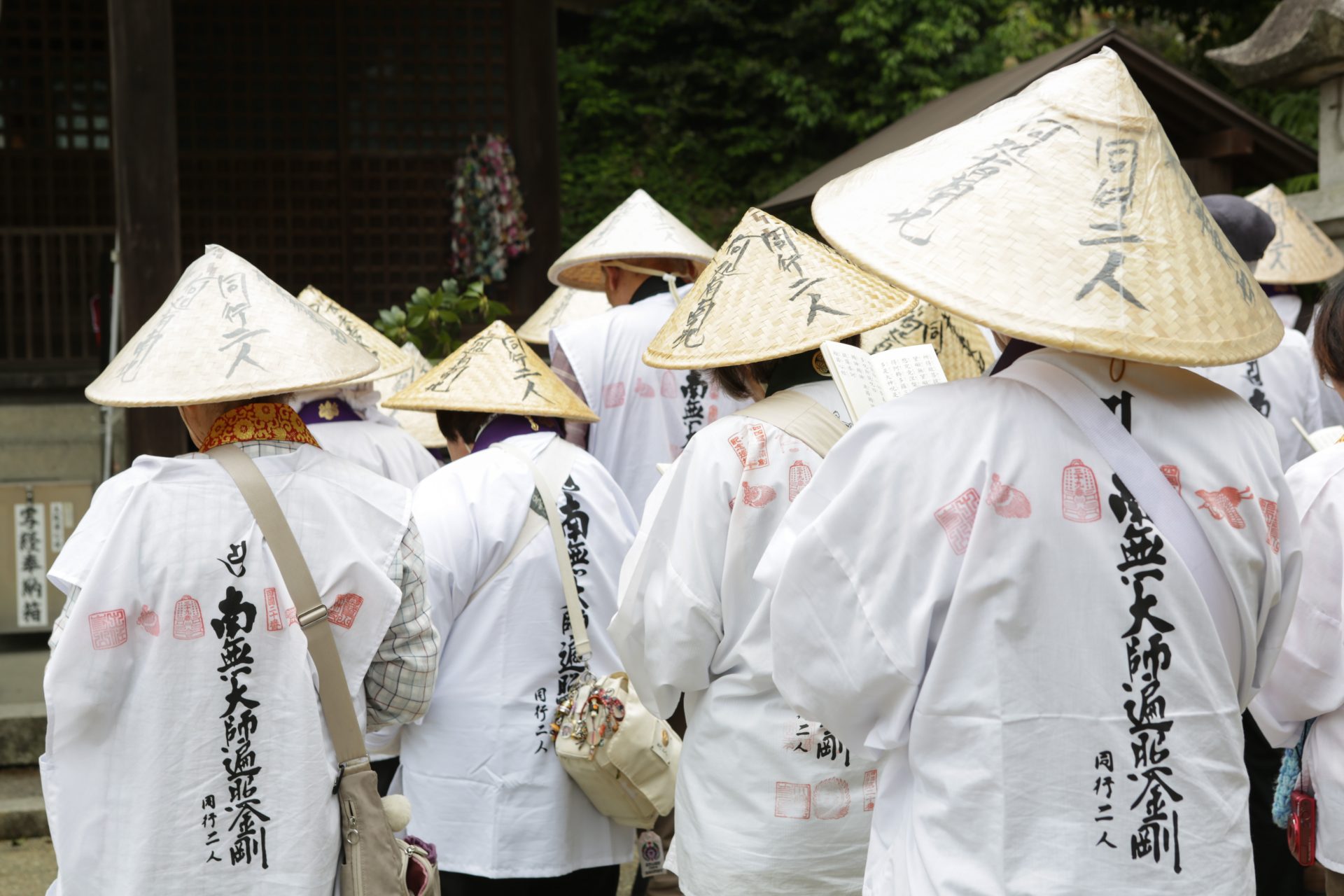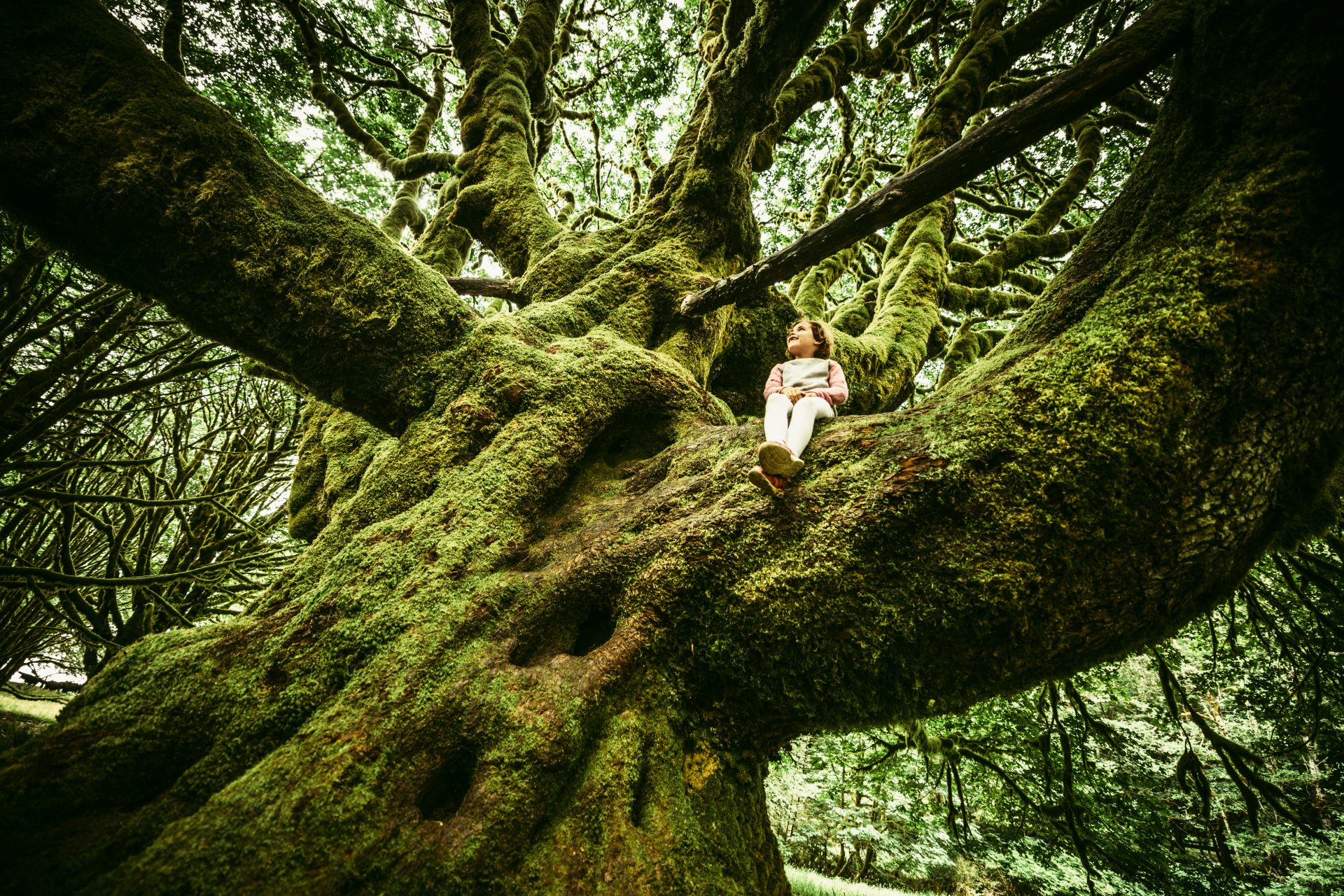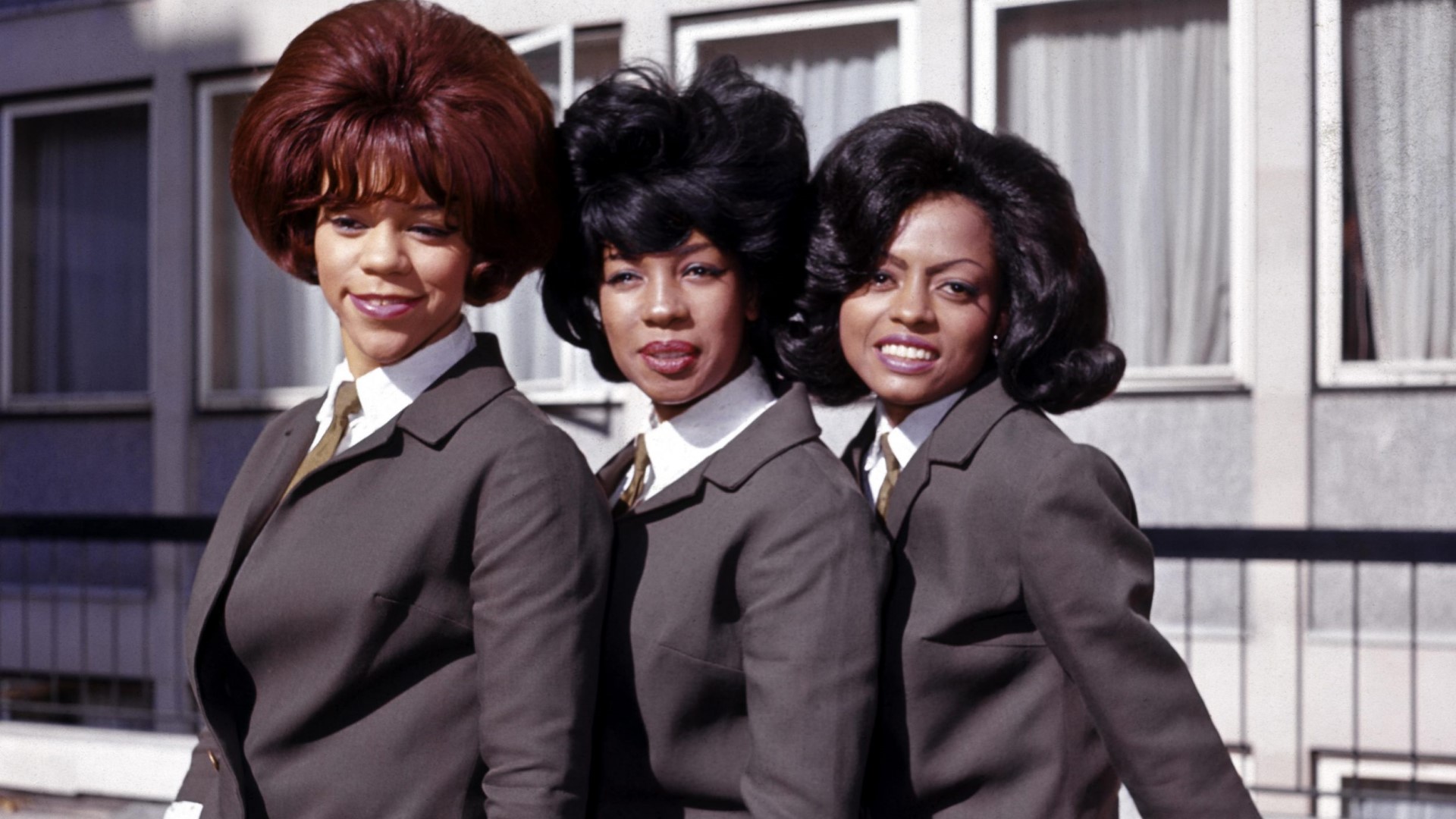Shikoku: the best tourist attractions on the Japanese island
The Japanese island of Shikoku is famous for its rich nature and pilgrimage. It is also known for the abundance of its local cuisine that can only be tasted in that area. In the following slides, we'll introduce Shikoku's tourist attractions and the cuisine of each prefecture, prepared with local products.
Follow Showbizz Daily to see the best photo galleries every day
The Shimanto River is the longest in Shikoku and has 47 bridges without handrails called submerged bridges. They have been designed with the assumption that they will sink directly into the river when the water rises. Their hanging construction makes them less susceptible to water resistance and floating items such as driftwood.
The submerged bridge symbolizes the way of life of the people of the Shimanto River basin, who coexist in harmony with nature rather than against it.
Image: kazuend / Unsplash
When you think of Kochi, you think of Bonito. According to one theory, Kochi is the birthplace of Bonito tataki. It is said that during the Edo period, when the Tosa feudal lord prohibited sashimi to avoid food poisoning, the people of Tosa, who really wanted to eat Bonito sashimi, seared the surface and ate it. They called it grilled fish, and this is how Bonito tataki began.
The prefecture's residents love Bonito, not just seared tuna, and they boast the highest consumption of Bonito in Japan.
Image: Masaaki Komori / Unsplash
Large eddies or whirlpools are created when rapid currents flow into the narrow, deep V-shaped ocean floor of the Naruto Strait. The whirlpools of Naruto are not only the largest in Japan but also the largest in the world. They reach over 20 meters (66ft) in diameter during the spring and autumn spring tides when they are at their largest.
Kazura Bridge, one of Japan's three distinguished bridges, is a rare suspension bridge made of plants (Shirakuchi Kazura). It has a total length of 45 meters (148ft) and a height of 14 meters (46ft) above the river surface.
Legend has it that the Heike fugitives who lived in hiding in Iya built this bridge so that they could easily cut it off and escape in case their pursuers approached. It is currently reinforced with wire, but the trees that serve as footholds are wide apart and the bottom of the valley is completely visible. Therefore, it is not recommended for people who are afraid of heights.
Image: Susann Schuster / Unsplash
Tadeai, a plant from the Polygonaceae family used for indigo dyeing, began to be cultivated in earnest in this region during the Muromachi period, in the 14th century. Wakimachi flourished as a distribution center for indigo from the 17th through the late 19th century. Approximately 50 houses of indigo merchants who made a fortune in that era remain in their original form.
Tokushima ramen, a local ramen, has three types of soup. There is a rich-tasting brown soup based on pork bones, a white one that is a bit lighter, and a yellow soup based on chicken bones. The main feature is that instead of chashu (slowly braised pork belly), it is topped with sweet and spicy stewed pork belly and raw egg.
This dish is made by skewering local specialties such as potatoes, soba dumplings, and konjac, then coating them with miso and grilling them over charcoal. 'Deko' means doll, and the name 'deko mawashi' comes from turning the doll while baking it, as it looks like the doll's head is spinning. The taste is enhanced when eaten with charcoal-grilled river fish amago.
Dogo Onsen in Matsuyama City boasts a history of over 3,000 years. It appears in the Nihon Shoki (Chronicles of Japan) and is considered one of Japan's three oldest hot springs. The water is a colorless and transparent alkaline simple spring that attracts the rich and famous as its guests.
Currently, there are only 12 castle towers in Japan built before the Edo period (17th through mid-19th century) and they are designated as important cultural properties of the country. The best highlight is the view from the top floor of the castle tower. It is also famous as a cherry blossom viewing spot.
This is the world's first triple-suspension bridge with a length of 4km (2.4 miles). In addition to the motorway, it also has a bicycle and pedestrian path where you can enjoy the beautiful scenery of the Seto Inland Sea from the top of the bridge. The best viewing point is the Itoyama Observation Deck.
We recommend learning about the bridge's cutting-edge building technology in the adjacent Kurushima Kaikyo Observatory before crossing the bridge. It's also worthwhile to visit the bridge in the early morning if you are there from March to July. At those times, there is a lot of dew surrounding the bridge, causing it to seem to float in the fog. This appearance lies at the base of its nickname, 'Bridge in the Sky'.
Image: Terumi Tokino / Unsplash
When you think of Ehime, you think of mandarin oranges. You can also find them in the local cuisine. The ingredients are minced white fish, boiled eggs, chopped green onions, and mandarin orange peel. The beautiful color of the dish makes it indispensable for special occasions such as weddings. The name Fukumen (masked) comes from the fact that the main ingredient, konjac, is covered with other ingredients.
This daimyo (feudal lord) garden was designed to be admired while strolling around. It's considered a special scenic spot in Japanese culture.
The largest cultural property garden in Japan, Ritsurin Park has six ponds and thirteen artificial mountains within its terrain of approximately 75 hectares.
Image: H C / Unsplash
Chichibugahama is a 1 km (0.6 miles) long beach in Mitoyo City. It has been nicknamed 'Japan's Uyuni', comparing it to the famous salt lakes in Bolivia, because of the mirror-like surface of the water.
Anchovy fishing is popular in the Seto Inland Sea. Kagawa Prefecture is famous for producing 'Iriko', which is made by boiling and then drying anchovies. The representative local dish of Kagawa Prefecture is rice cooked with plenty of sardines.
Shikoku is a place of pilgrimage. They say that if you visit the 88 sacred sites associated with Kukai Buddhism, your earthly desires will disappear and your wishes will come true.
Image: Hendrik Morkel / Unsplash
While admiring the beautiful nature of the island, pilgrims get to travel around Shikoku on a route that is approximately 1,400km (870 miles) long. It would take around 40 days to do it all on foot, but more and more people are now making the pilgrimage by bus taxi, or bicycle.
Follow Showbizz Daily to see the best photo galleries every day

